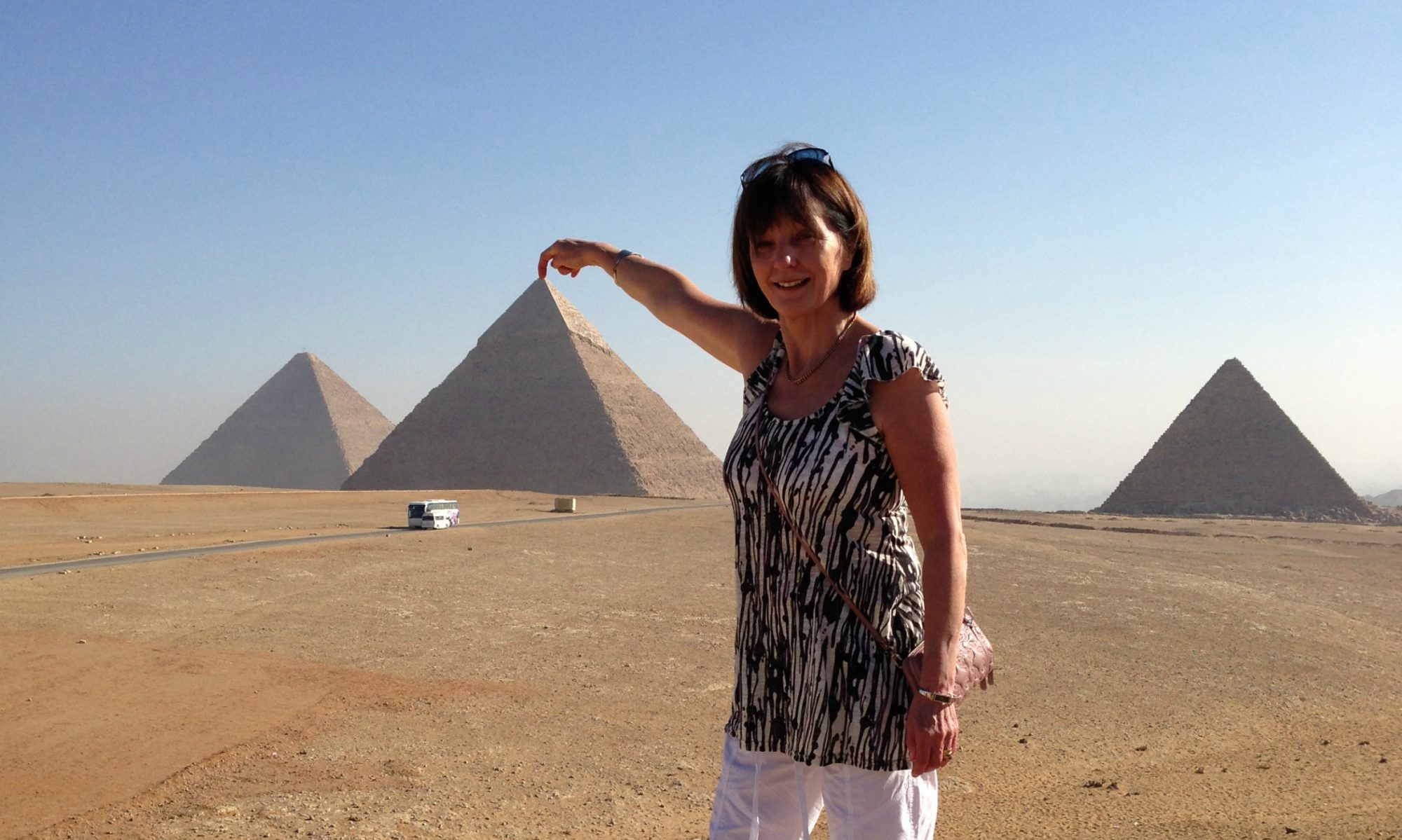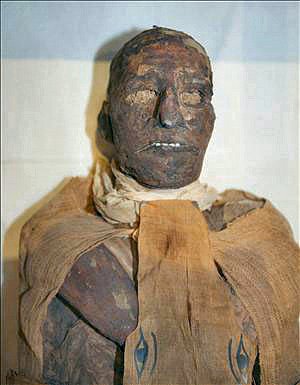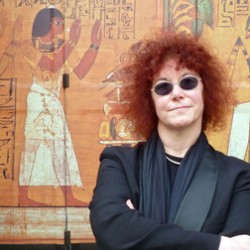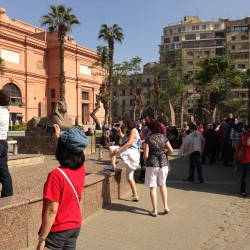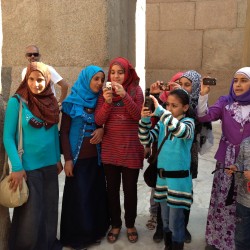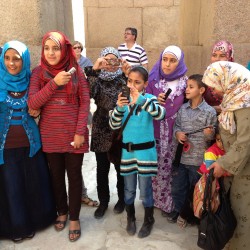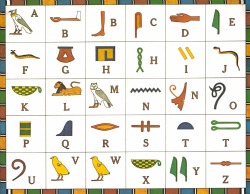
There are lots of really fascinating websites about Egypt and particularly Ancient Egypt that I subscribe to and read as often as possible.
One of them is “Egypt IM” which is full of information and fascinating facts. There are also some things that I’m not as interested in but I can skip those easily.
If you subscribe to their email newsletter you will receive details of the latest posts and the latest questions that people from all around the world have asked.
Now you might think “what’s this got to do with taking a Nile cruise?“.
Well, I think it can only add to the enjoyment that you’ll get from you cruise when you finally arrive in Egypt.
To give you a taste here’s the latest question and answer I received this morning which was about the writing systems of the Ancient Egyptians:
_____________________
Question by : What are the three systems of writing used by the ancient egyptians?
I have to write a report describing the three systems of writing used by the Ancient Egyptians and how they differ. Please help and dumb it down a little please!
I’m not in college so dont get too technical. Continue reading “Egyptian System of Writing”
